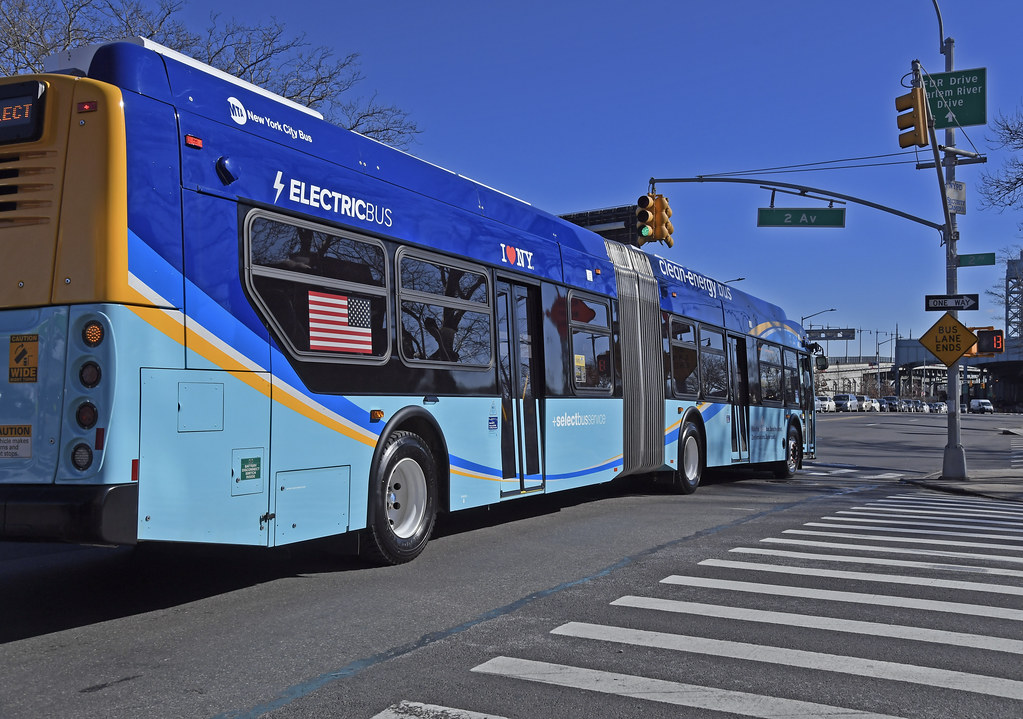Starting a transport association in your area can be a rewarding and impactful endeavor. By bringing together local transportation companies, service providers, and stakeholders, you can help promote safety, efficiency, and sustainability in the industry. Here’s a step-by-step guide on how to get started:
Step 1: Conduct Research and Identify Needs
The first step in starting a transport association is to conduct research on the current state of the transportation industry in your area. Identify the key players, service providers, and stakeholders, and assess their needs and challenges. This can be done through surveys, interviews, or focus groups. You should also research existing transport associations, both locally and nationally, to understand their structure, mission, and activities.
Step 2: Define Your Mission and Goals
Based on your research, define the mission and goals of your transport association. Your mission should be a clear and concise statement of the association’s purpose, such as “to promote safety, efficiency, and sustainability in the transportation industry.” Your goals should be specific, measurable, and actionable, such as “to reduce accidents by 10% in the next two years” or “to increase the use of alternative fuels by 25% in the next five years.”
Step 3: Create a Business Plan
Once you have defined your mission and goals, create a business plan for your transport association. This should include a detailed description of the association’s structure, governance, and operations. It should also include a financial plan, outlining the association’s revenue streams, expenses, and budget. The business plan should be reviewed and approved by the association’s board of directors or other governing body.
Step 4: Build a Team
To build a successful transport association, you will need a team of dedicated and experienced professionals. This team should include a board of directors, officers, and committees, each with specific roles and responsibilities. You should also consider hiring staff, such as an executive director or program manager, to manage the association’s day-to-day operations.
Step 5: Engage Members and Stakeholders
To build a strong and sustainable transport association, you will need to engage members and stakeholders from the outset. This can be done through outreach, marketing, and communication efforts. You should also consider hosting events, such as conferences, workshops, or networking opportunities, to bring members and stakeholders together and build a sense of community.
Step 6: Establish Partnerships and Collaborations
Partnerships and collaborations are key to the success of a transport association. You should consider establishing partnerships with local government agencies, non-profit organizations, and private companies to advance your mission and goals. These partnerships can take many forms, such as joint projects, information sharing, or advocacy efforts.
Step 7: Secure Funding
To sustain and grow your transport association, you will need to secure funding. This feat can be done through membership fees, grants, sponsorships, or other revenue streams. You should also consider creating a development plan, outlining your fundraising goals, strategies, and tactics.
Step 8: Implement Programs and Services
Once you have secured funding, you can begin implementing programs and services that align with your mission and goals. These can include safety training, industry best practices, research and development, or advocacy efforts. You should regularly evaluate the impact of these programs and services and make adjustments as needed.
Step 9: Monitor and Evaluate
To ensure the long-term success of your transport association, you should regularly monitor and evaluate your progress. This item can be done through performance metrics, such as membership growth, financial sustainability, or program impact. You should also regularly solicit feedback from members and stakeholders to identify areas for improvement.
Step 10: Adapt and Evolve
The transportation industry is constantly evolving, and your transport association must be able to adapt and evolve as well. This may involve updating your mission and goals, expanding your programs and services, or exploring new revenue streams. By staying flexible and responsive, you can ensure that your transport association remains relevant and impactful for years to come.
Starting a transport association in your area is a complex and challenging process, but it can also be incredibly rewarding. By following these ten steps, you can build a strong and sustainable organization that promotes safety, efficiency, and sustainability in the transportation industry. With the right vision, leadership, and resources, your transport association can make a real difference in your community.
